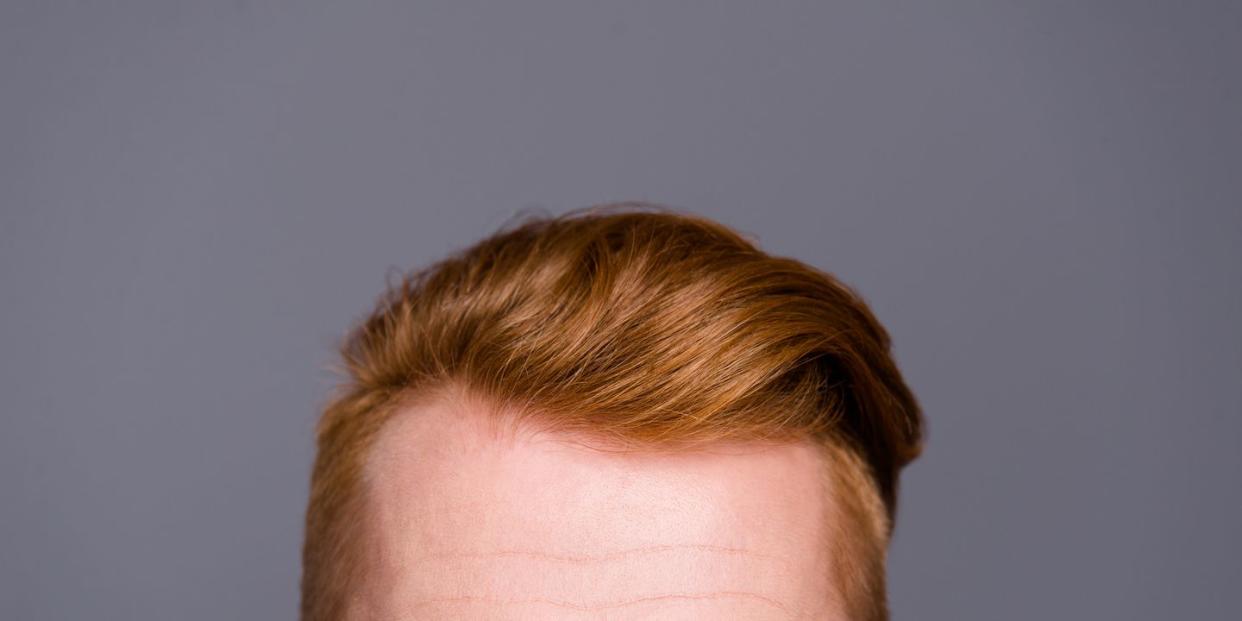Redheads Process Pain Differently From Everyone Else. Here's Why

Redheads, this one's for you. Kunal Sood, M.D., better known as @drsood on TikTok has an interesting message for you regarding anesthesia.
In a TikTok video featuring a woman who dyed her red, Dr. Soof warns that she let her doctor know her hair is artificially red, not naturally, risking being improperly administered anesthesia.
"This is because patients with naturally red hair require on average 20 percent more anesthesia," says Dr. Sood in the video. "This has been shown through research." He's absolutely right.
While redheads are rare, encompassing only 2 percent of the world's population, their rare genes come with a host of strengths and weaknesses when it comes to pain and anesthetics.
In a 2006 study published in Anesthesiology, women with red hair required much more anesthesia than women with dark hair, linked to a distinct genetic phenotype that redheads have.
Redheads also typically need more topical anesthetics, such as lidocaine or Novocain, according to a 2009 study the Journal of the American Dental Association. Research also shows that redheads are more responsive to the painkilling effects of opioids, meaning they require lower doses.
Previously reported by Men's Health, redheads can credit this gene, know as the MC1R gene, for their striking hair color while dictating the type of proteins that colors their skin and eyes as well. This can make redheads typically paler and more sensitive to light than other.
But why do redheads process pain differently? The research is spotty, according the NIH. A 2021 mouse study showed that mice carrying MC1R gene found in people with red hair had a higher pain tolerance, but the reason isn't well understood.
Until we figure out how redheads have superpowers, don't forget to warn your doctor or dentist if you aren't a natural redhead.
You Might Also Like

